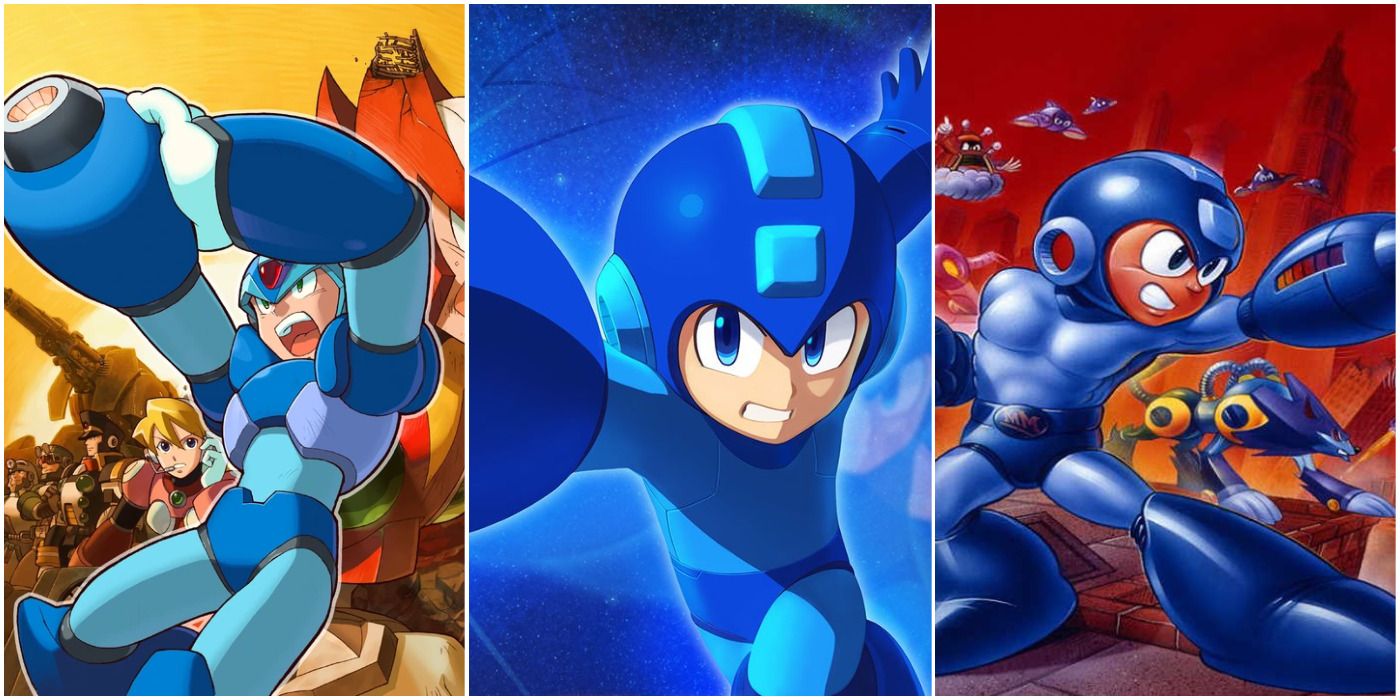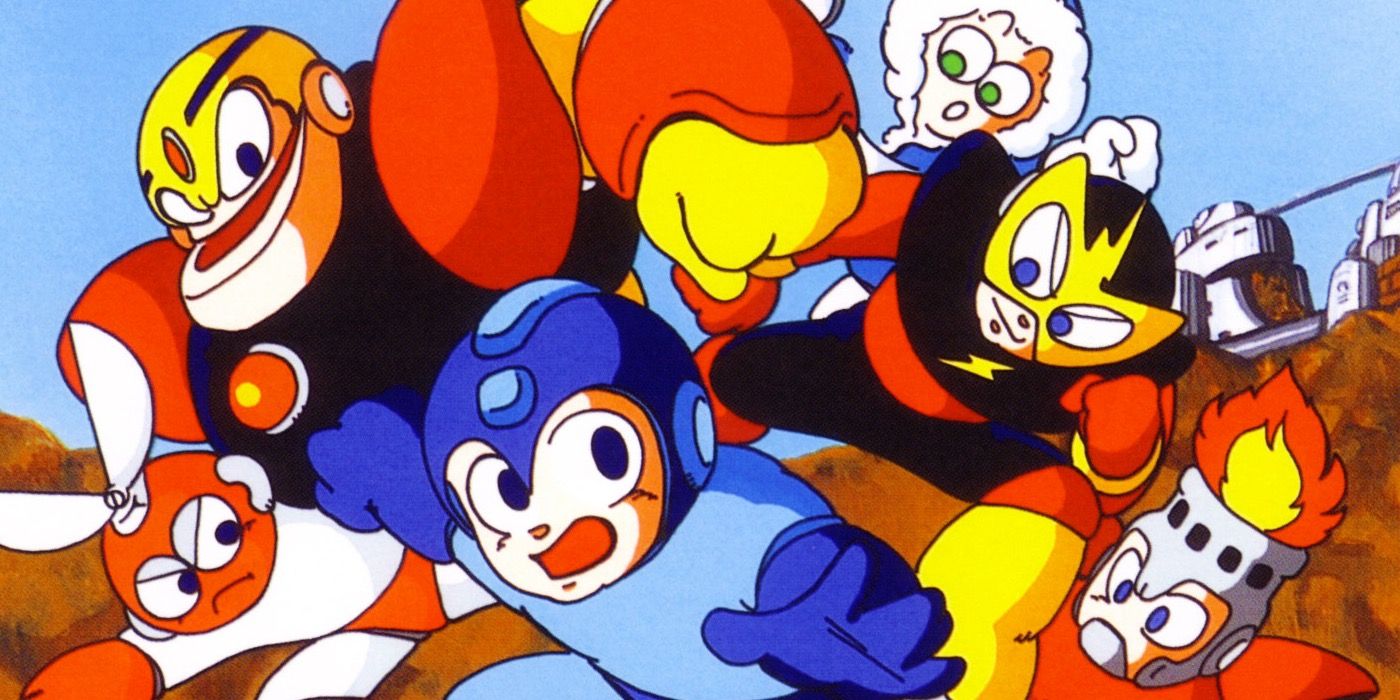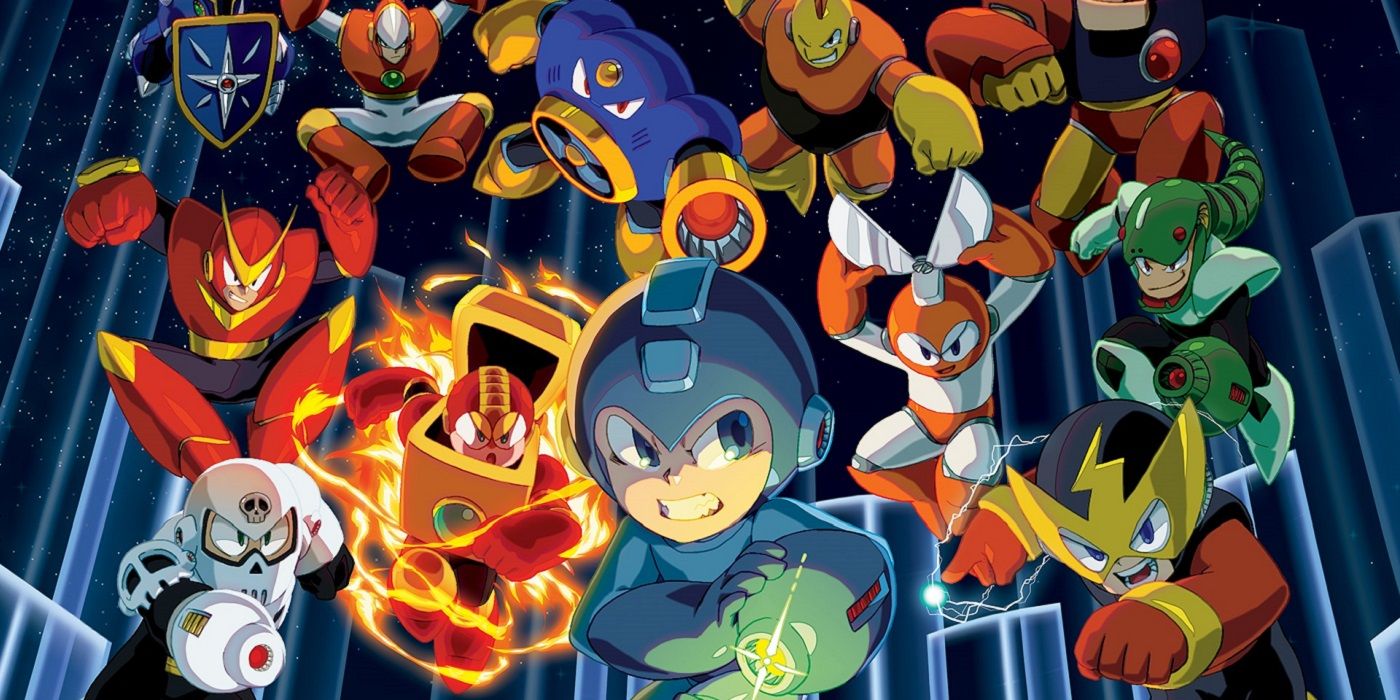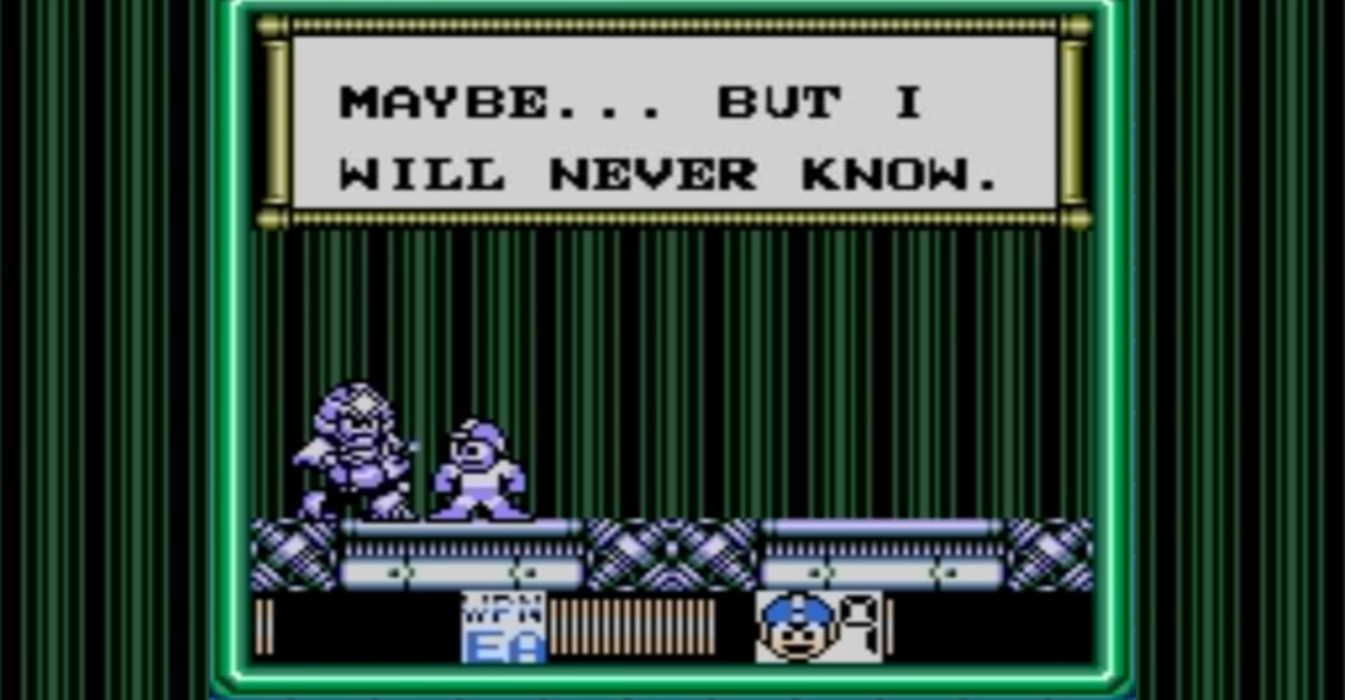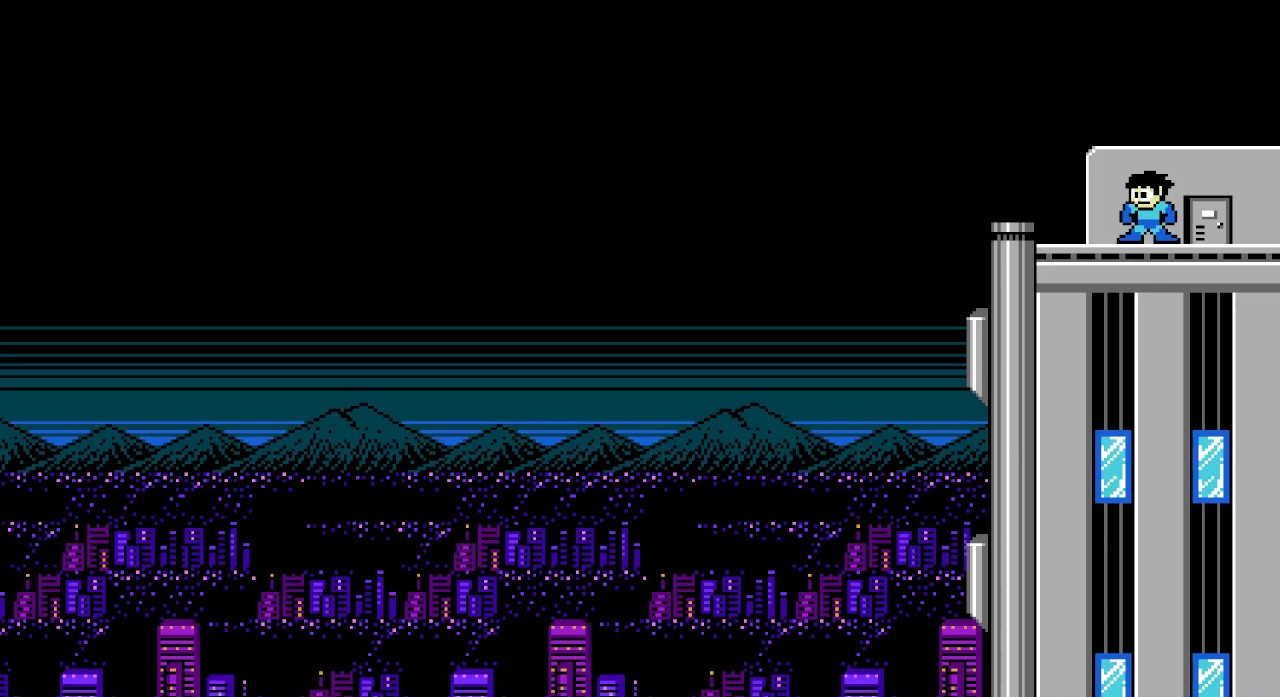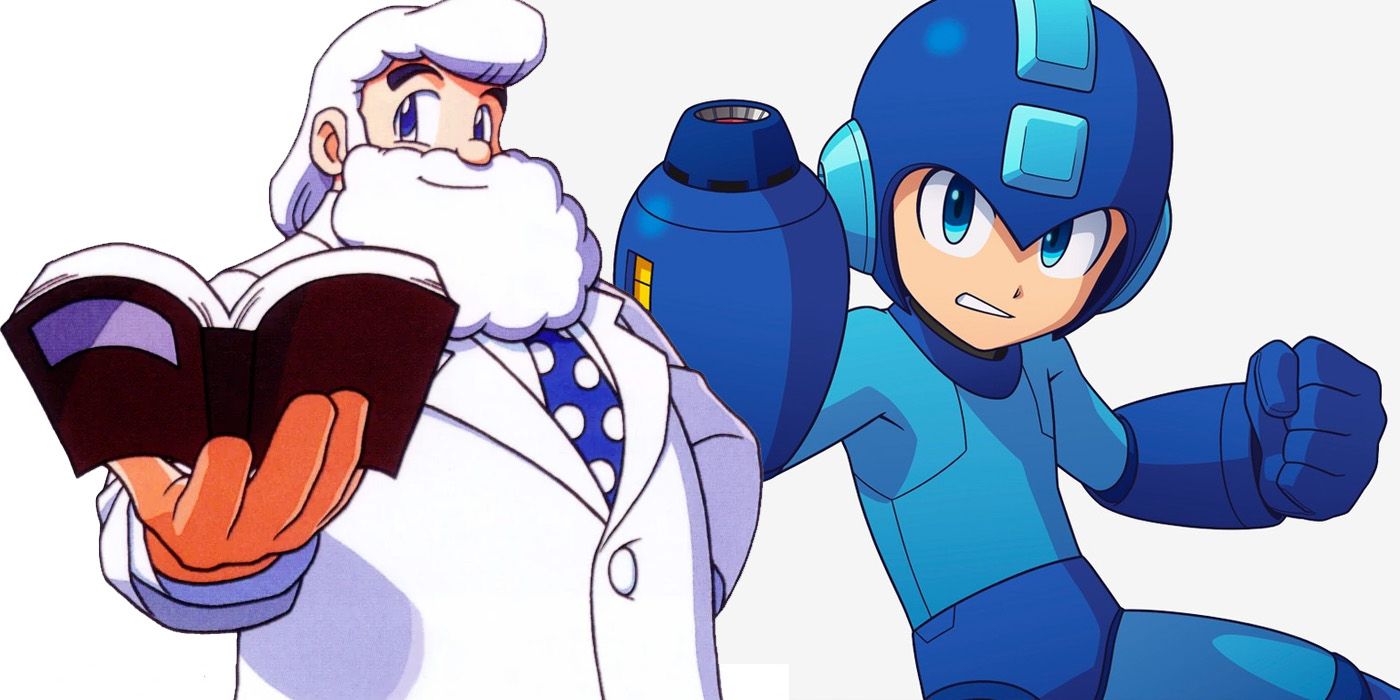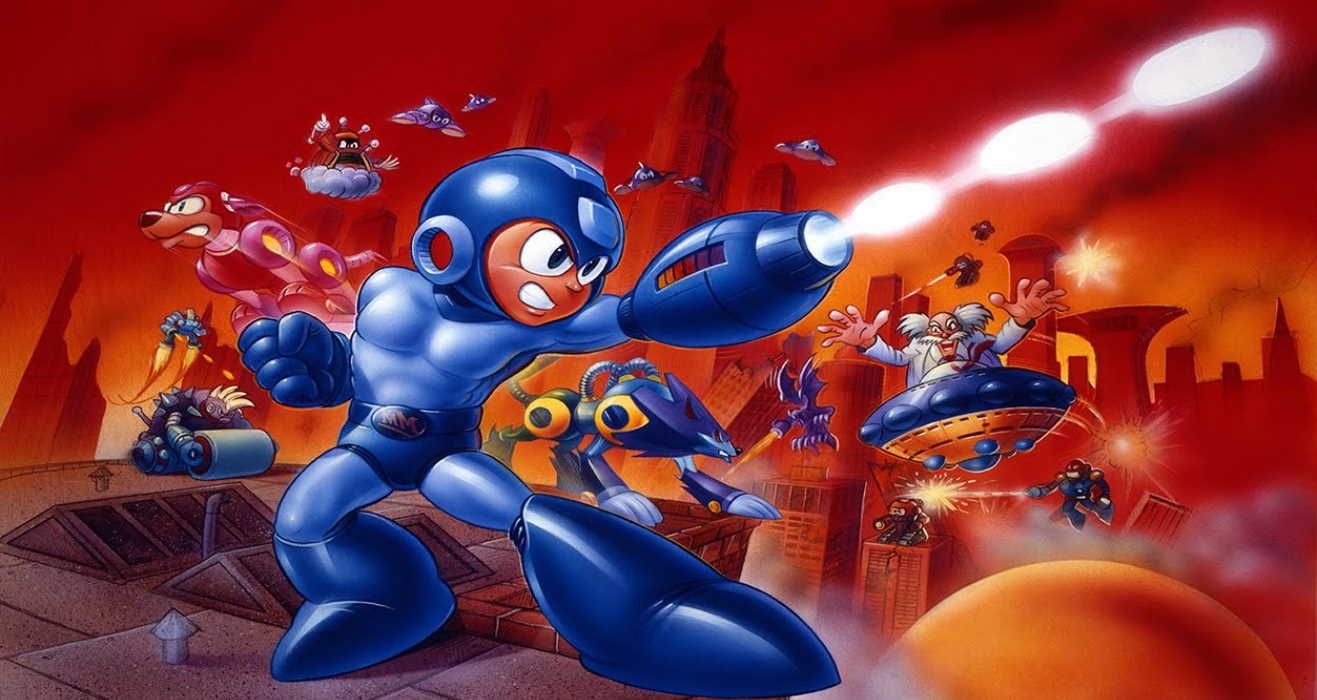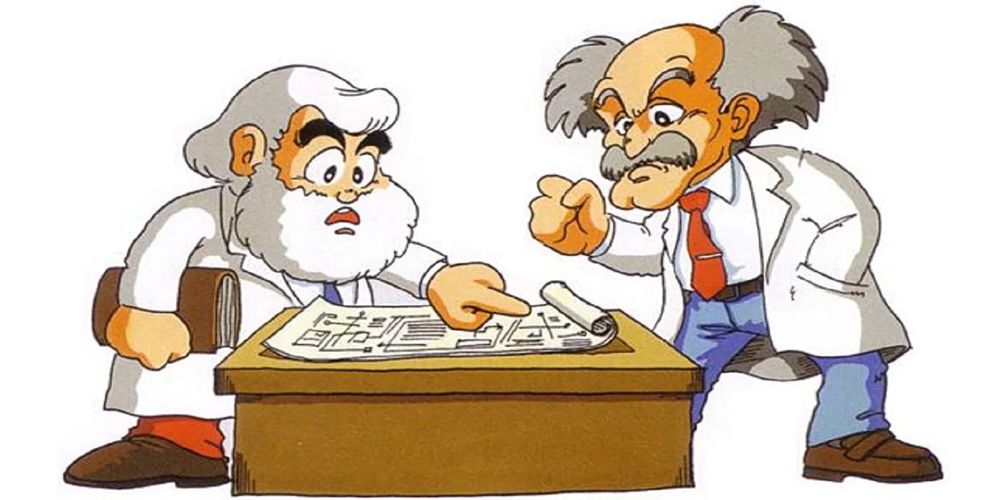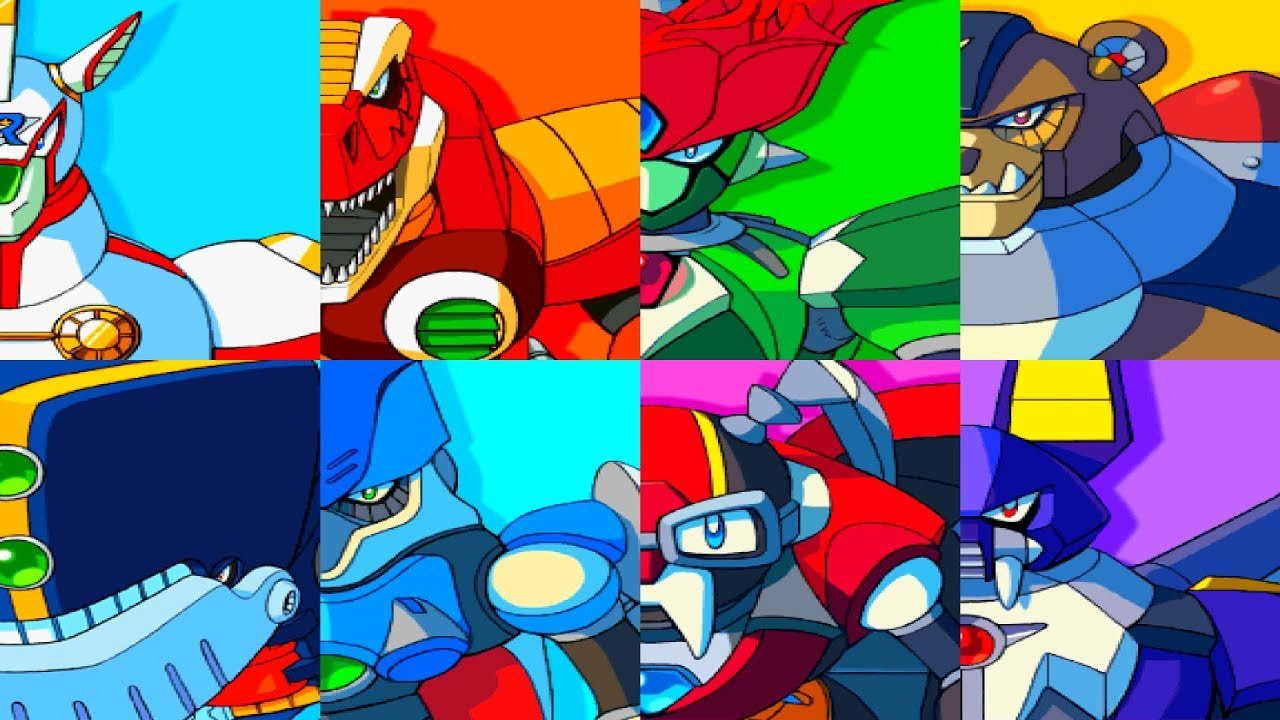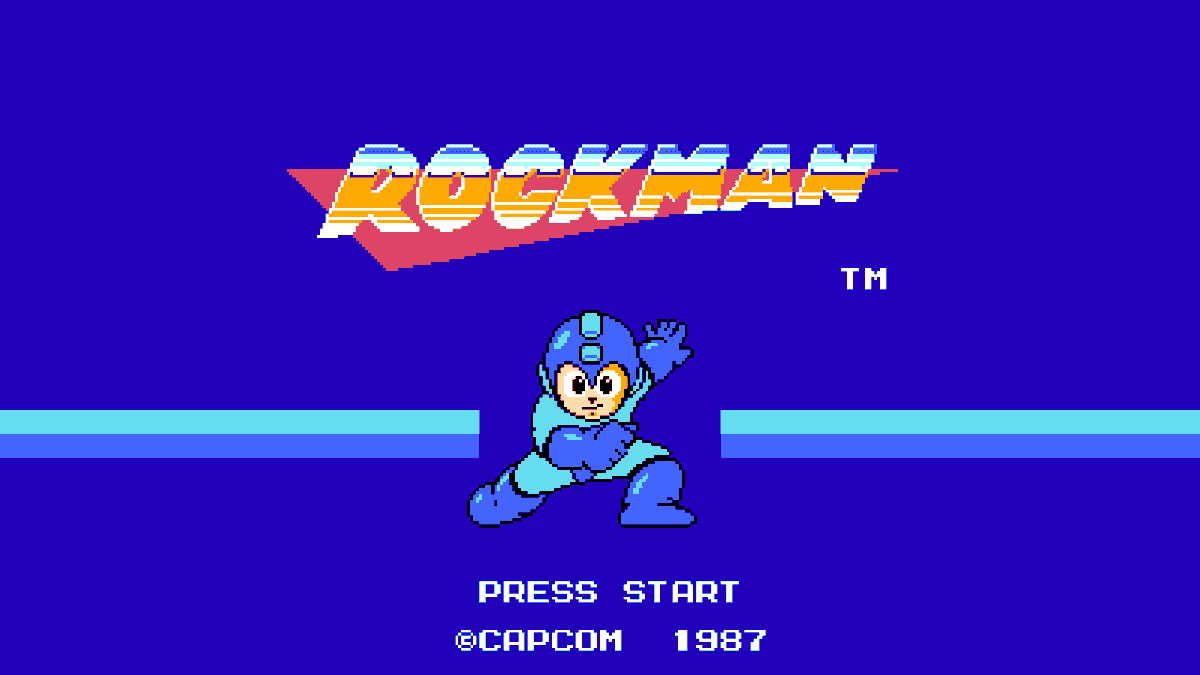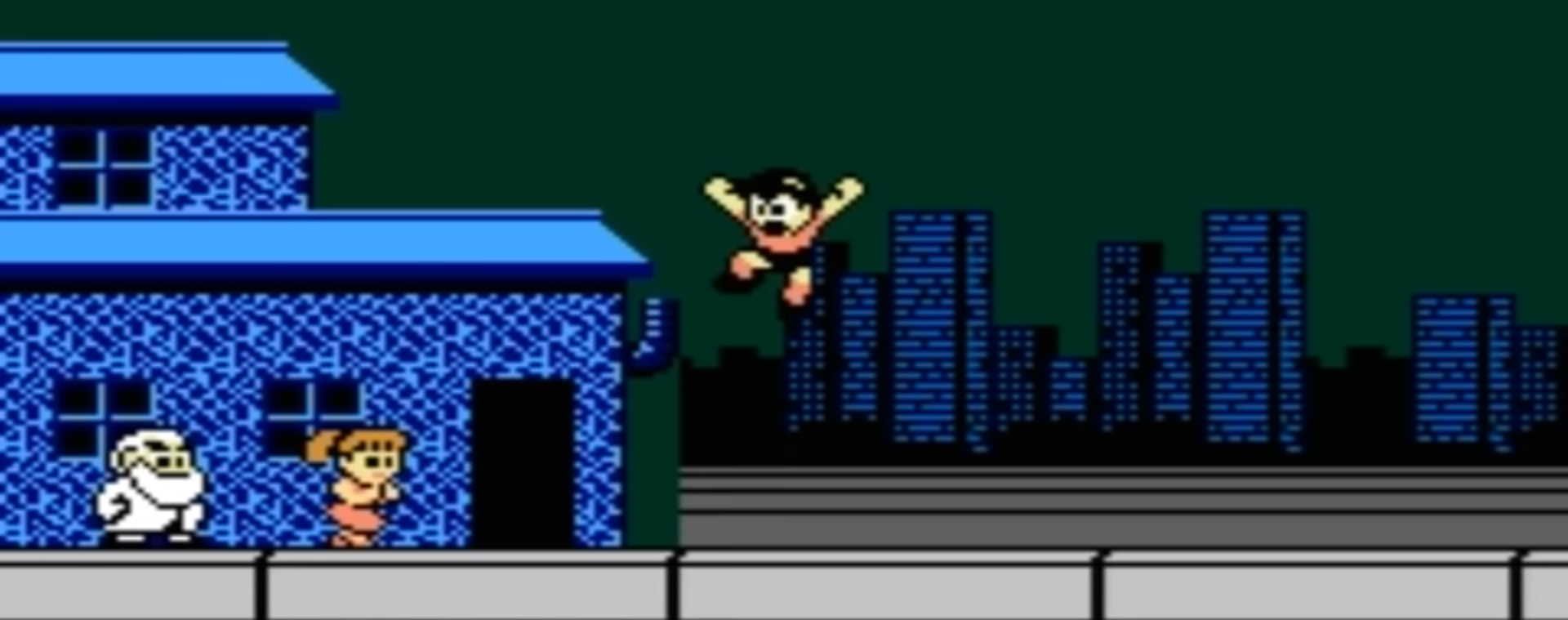Ah, Mega Man. A staple of the NES era that has become one of the most beloved mascots in gaming history. From the soundtrack to the bosses to the level design, every aspect of a Mega Man game feels familiar and comforting. Or, at least, every aspect of a player's specific version might. After all, the early years of video games were a wild frontier for translators and localization teams, and it wasn't unusual for Japanese games to become entirely distorted when released to a western audience. And Mega Man was hardly immune to these effects.
Many details of Mega Man's story were entirely lost in translation. Other aspects were invented out of thin air by ambitious translators. And some details seemed to change for almost no reason whatsoever. Whatever the case, even the most die-hard fans of the Mega Man franchise may be surprised to find that their favorite details may only exist in their particular version of the game.
10 "Mega Man" Was Originally Named "Rockman"
Perhaps the most well-known change by localization teams, protagonist Mega Man was originally called Rockman by Japanese developers. As the character was ported overseas, however, the name was considered inadequate when translated. Capcom Consumer Products Division president Joe Morici was particularly unsatisfied with the name of the game, stating that "The title was horrible" and must be changed for English releases. As such, localization teams changed the name from Rockman to Mega Man, and the name stuck.
Interestingly, the character's name was never changed in Japanese releases; all Mega Man releases still bear the Rockman branding to this day.
9 "Robot Master" Was An American Invention
Any fan of the Mega Man franchise will be familiar with the franchise's famous Robot Masters. These end-of-stage bosses each pose unique and difficult challenges that reward powerful new moves when defeated. As iconic as these menacing robots are, however, the official name for the bosses was not actually determined for years after the initial release. The name "Robot Master" was first used in the North American instruction manual of Mega Man 3 in 1990; up until this installment, earlier manuals simply referred to the bosses as "Humanoids". An interesting change, as, in Japan, the "Robot Masters" were never labelled as such. Rather, the bosses are known to this day as the "Numbers" (also referred to as the "Wily Numbers"). "Robot Master" was invented by North American localization teams; perhaps they thought the term a bit more intimidating than the plain "Number" designation.
8 Japanese Sunstar Tried To Redeem Himself
The final threat of Mega Man 5 on the Game Boy, Sunstar (known in the Japanese version as Sungod) bears the distinct honor of being one of the few characters in the franchise to steal the "final boss" position from Dr. Wily. Of course, when inevitably defeated by Mega Man, Sunstar explodes, destroying the entire factory around him in the process. American fans may recall Sunstar's final moments being grim; the boss dismisses the peace that Mega Man fights for, stating that he'll never live to see it as his internal reactor begins to fail explosively. As to be expected, the resigned Sunstar explodes, taking his factory of maniacal robots with him.
This is a far different fate than the Sungod of the Japanese version. Sungod is not so nearly dismissive of Rockman's pleas for peace, and realizes that, with Rockman's help, a world that simultaneously accepts mankind and robots could be possible. Realizing that his internal reactor has begun to fail, Sungod tells Mega Man to leave him in the factory, so that his final act of destroying the place may be helpful towards the pursuit of peace. Of course, Sungod explodes just as he did in the American version, but the robot's final fate is far more noble than it became in English localization.
7 "Monsteropolis" And "Mega City" Are All Foreign Inventions
While Mega Man's home has never had a permanent name, there have been a few contenders for the title. Comics and animated shows have occasionally used the term "Mega City," and the original game's English instruction manual refers to the city (quite oddly) as "Monsteropolis." One might initially chalk these up to odd translations of Japanese titles, thinking perhaps that the setting was originally "Rock City" or... something considerably less silly than "Monsteropolis." However, both of these titles were entirely English inventions; in the original Japanese releases, Rockman's hometown is never given an actual title. It seems that English localization teams preferred having a location name to work with, and invented ones they thought proper. "Mega City" makes sense in that regard, but "Monsteropolis." Capcom, this is a franchise about robots and cyborgs, at least try "Robotopolis."
6 "Dr. Light" Was Originally "Dr. Right"
The kindly inventor who has served as almost as father-figure to Mega Man, Dr. Light has been a long-standing staple of the Mega Man franchise. Those playing the Japanese release, however, may be confused about why Light's logo is a plain "R" icon. Turns out the good doctor's name was changed by a single letter in English releases, with the Japanese character originally named "Dr. Right." Earlier titles in the Mega Man series attempted a closer translation of the name, and the character is referred to as Dr. Wright in the original Mega Man's English instructional manual.
As the series continued, English localization teams simply changed the character's name to the more symbolic "Dr. Light." Much like the "Mega Man" versus "Rockman" disparity, however, the character is still referred to as "Dr. Right" in Japanese releases of the game; after all, why change a name that has only been altered overseas?
5 English Mega Man Was Made More Intense
Those playing Mega Man 7 may have been taken aback by Mega Man's sudden violent attitudes towards the end of the game. After Mega Man defeats Doctor Wily and leaves him defenseless, the villain begs for his life, claiming that robots must never harm humans as per The Laws of Robotics. In the Japanese version of the game, Rockman quietly lowers his arm cannon and hesitates. Perhaps he believes Wily is right, or perhaps he is considering whether the extent of his free will would allow him to blast the doctor regardless. It is a profound moment for the series.
The English translation was not nearly so contemplative. Mega Man exclaims that he is "more than a robot" and aims his arm cannon, shouting his intent to kill Wily. Of course, in both versions of the game, Wily is saved at the last minute by his minions, ensuring that he lives to fight another day. Either way, it is a very strange localization choice. Perhaps the English translators wanted to remove any uncertainty about Mega Man's free will, or perhaps they wanted to prove that Wily couldn't defeat Mega Man simply due to the latter's programming. In either case, the English version of Mega Man ended up far more bloodthirsty than originally intended; perhaps it's a good thing that Wily was able to escape at the end this time.
4 Dr. Light and Dr. Wily's Partnership Keeps Changing
The Mega Man franchise generally doesn't need to do much explaining regarding Light and Wily's relationship; the former is the good guy who wants to help robots, and the latter is the bad guy who hates Light and wants to use robots for world domination. But how exactly they got to this point was originally vague. The original Japanese release didn't feel the need to elaborate further, simply referring to Wily as an "evil genius" and sending in the gun-blazing Rockman.
English translators weren't satisfied with this, and, when localizing for the American market, the relationship between the two doctors was significantly changed. Rather than simply being two doctors of robotics, Wily was changed into a former assistant of Light's, a genius who eventually turned traitorous out of jealousy. While certainly an intriguing plot development, the translated game still showed no signs of this change; rather this little detail was crammed onto the back of the NES box and throughout the original instruction manual.
3 Bosses Renamed After Guns N' Roses In English Versions
One of the more infamous localization changes were the bosses of Mega Man X5, many of the Maverick bosses in the English version have truly bizarre names. "Duff McWhalen", "The Skiver", and "Axle the Red" are among the stranger boss titles, especially since the Japanese version had far more orthodox names for the Maverick bosses. The reason why English localization chose these strange names? They were references to the American hard rock band Guns N' Roses. Capcom voice actress Alyson Court, who was part of the game's English localization team, concocted the new names as a tribute to her then-husband's love of the band.
In the years since the game's release, some fans have come to embrace the bizarre names while others deeply revile them; in either case, Capcom has since decided to sweep these oddities under the rug in the Mega Man X Legacy Collection 2 release, where the names were changed to translations of their original Japanese names.
2 Japanese Title Screens Were Completely Different
The original Mega Man title screen logo is iconic. It's flashy, it's sleek, it's shiny... and it's also entirely missing from the original Japanese release. As to expected with a complete rebranding of a game's title, localization teams decided that the title screen needed to be changed. Rather than simply swapping out the character name, however, the title screen was redesigned to be more appealing to foreign audiences. As such, the logo was redesigned to be much more imposing and dramatic, and the new design removed all imagery of the character.
1 Rockman's Sister Robot, Roll
Many may be curious why Mega Man was originally named Rockman in the Japanese release in the first place. After all, the character hardly has any rock-based powers, or anything that would even remotely suggest "rocky" origins. Funnily enough, the name "Rockman" was born from a pun that went unfulfilled in localized versions. Rockman originally had a sister robot, Roll, who went mostly unmentioned in English releases.
While she briefly appears in the game's conclusion, her appearances in the game's manuals and box descriptions is much rarer than in Japanese promotional material. After all, much like her brother, her name and character don't make much sense without their matching half. For those who haven't noticed the pun, it's easier to decipher when one learns that Rockman was nicknamed "Rock" by Dr. Light before the events of the first game. Rockman and his sister Roll... Rock and Roll. Hey, no one ever claimed it was a good pun.

